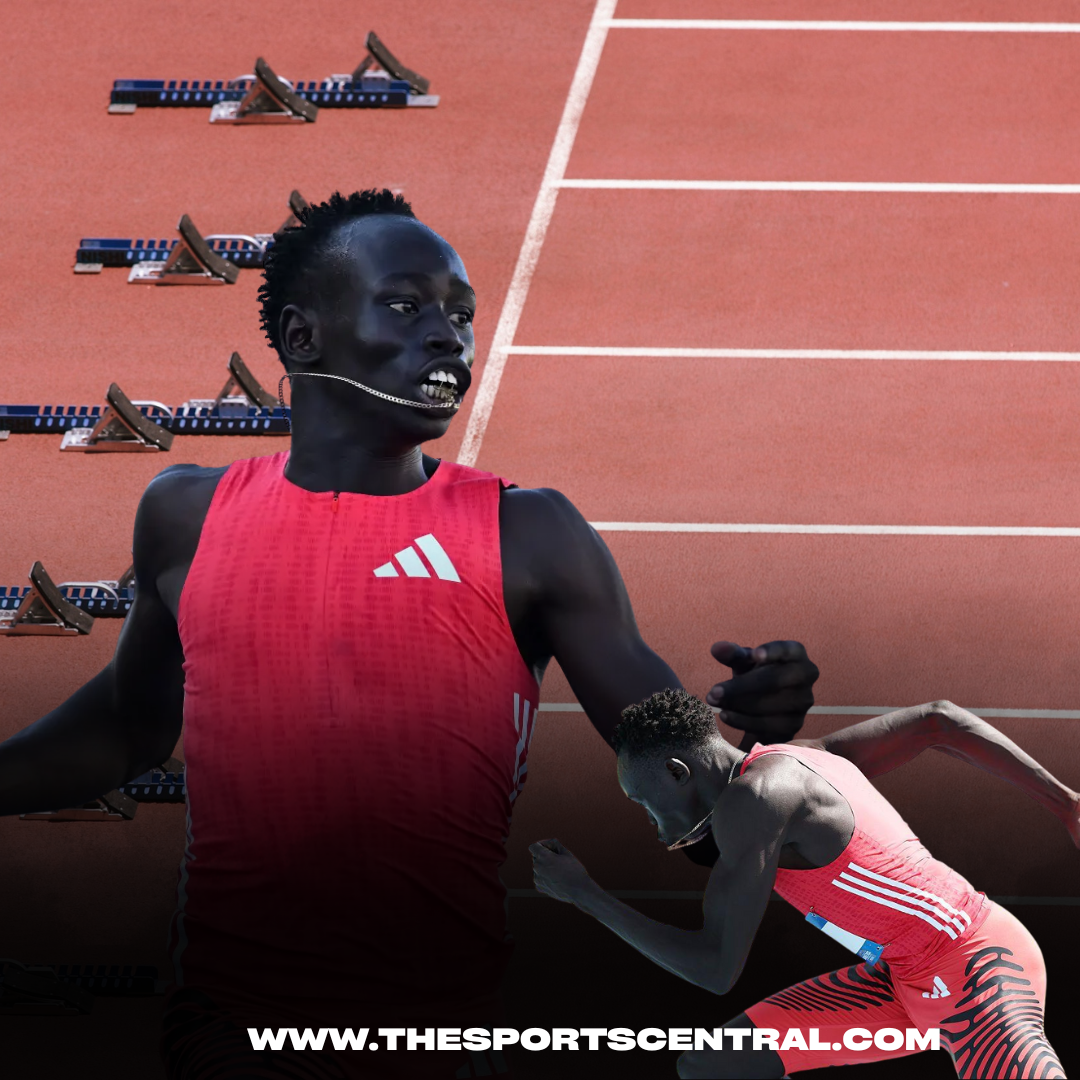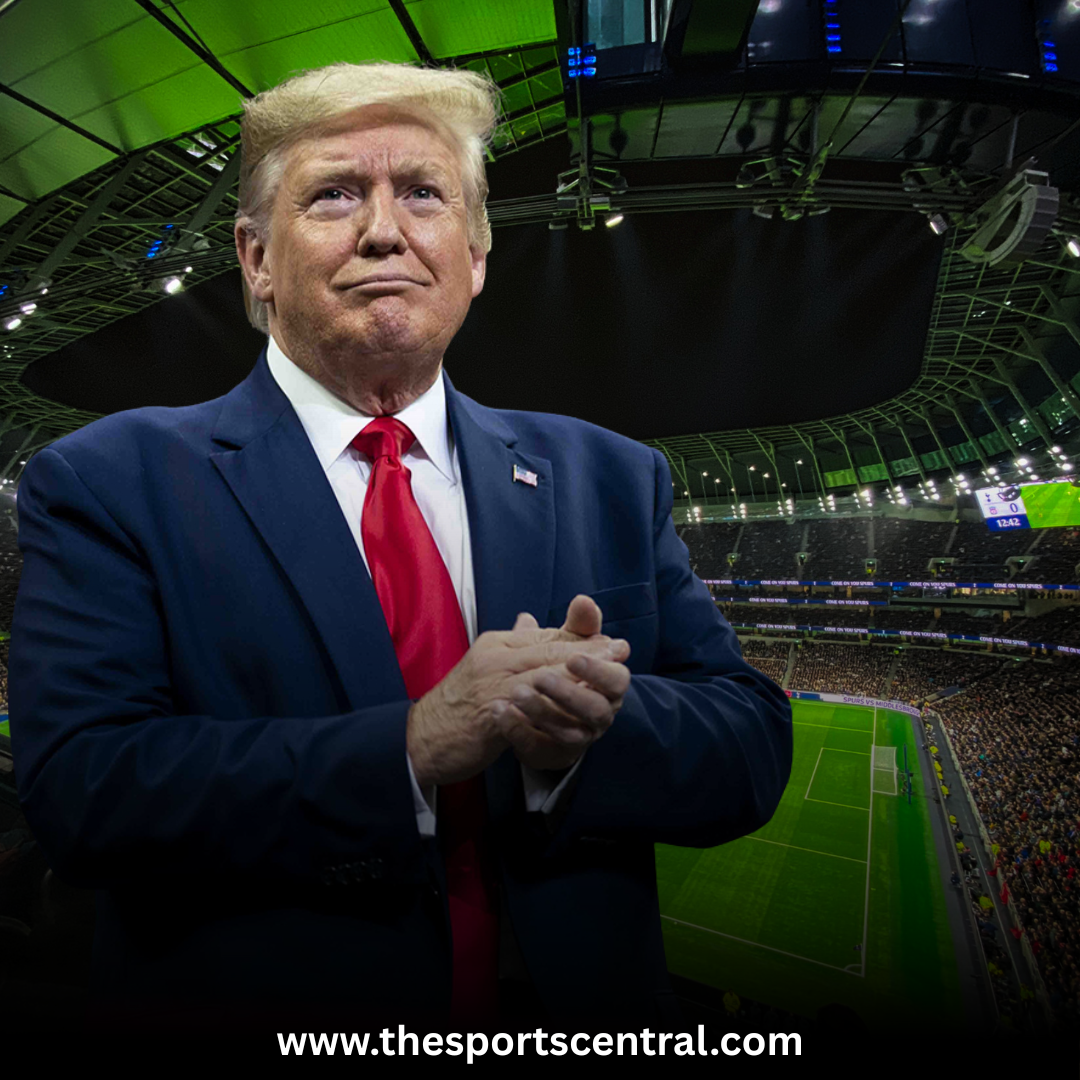India will participate in the second edition of the ITTF Mixed Team World Cup for the prestigious Guoliang-Sörling Trophy. The tournament, hosted by the International Table Tennis Federation (ITTF), will bring together 16 elite teams from across the globe. Scheduled from December 1-8, the competition will be held in Chengdu, China, where defending champions China will aim to secure their title on home turf.
The lineup for the tournament includes powerhouse teams such as Japan, South Korea, and Germany, along with India and other global contenders like the USA, Australia, and Sweden. The event promises thrilling competition as each team vies for the coveted trophy through a rigorous three-stage format.
The Tournament Format
The ITTF Mixed Team World Cup follows a three-stage format designed to challenge teams across 52 matches. The structure is both comprehensive and demanding, pushing teams to perform consistently through the round-robin and knockout phases.
Stage 1: Group Phase
In the first stage, 16 teams are divided into four groups of four. Each team will face the other three in their group, with only the top teams moving forward. These matches will test each team’s adaptability, forcing them to adjust quickly to various playing styles. With 24 matches in this phase, the group stage alone will showcase intense competition as teams battle for a place in the next round.
Stage 2: Advanced Rounds
The second stage consists of another 24 matches, advancing teams through further eliminations. Teams reaching this stage must continue to demonstrate strong synergy and adaptability. The round-robin format demands consistency and teamwork, as each victory brings them closer to the finals.
Stage 3: The Knockout Phase
The tournament’s final stage features only four high-stakes matches. This knockout phase will determine the ultimate champions. At this level, there is no room for error. The top teams will need to exhibit both mental resilience and technical skill to claim the Guoliang-Sörling Trophy.
India’s Preparation and Prospects
India enters the tournament with high expectations, hoping to challenge traditional table tennis powerhouses. The Indian mixed team has gained valuable international experience in recent years, competing against top-ranked players and training in high-pressure environments. Led by skilled players and a dedicated coaching staff, the Indian team is ready to make its mark in Chengdu.
The team’s preparation has been rigorous, with players focusing on both technical skills and mental conditioning. They have engaged in intensive practice sessions, studying their potential opponents’ play styles and strategies. By honing their footwork, speed, and agility, the Indian team aims to match the fast-paced rhythm of table tennis on the international stage.
The Competition: Key Teams and Players
The 16-team lineup for the ITTF Mixed Team World Cup includes some of the most formidable names in table tennis. Each team brings a unique set of skills, strengths, and strategies, making the competition unpredictable and thrilling.
China: The Defending Champions
As the defending champions, China enters the tournament as the team to beat. Known for their exceptional skill and lightning-fast reflexes, Chinese players have consistently dominated international table tennis. With home advantage, China will have the support of local fans, adding to their motivation to retain the trophy.
China’s team composition usually includes world-class players with high rankings. Their technical expertise, combined with strategic depth, gives them a significant edge. However, they will face fierce competition from other top teams, who are equally determined to claim victory.
Japan and South Korea: Strong Contenders from Asia
Japan and South Korea are two of the strongest contenders from Asia. Japan boasts a lineup of young and dynamic players who bring creativity and resilience to the table. South Korea, with its tradition of excellence in table tennis, brings well-rounded players known for their disciplined approach and consistency.
Both teams have invested in extensive training camps to prepare for the tournament. Their players are skilled in adapting to opponents’ strategies, making them formidable opponents for any team they face.
European Powerhouses: Germany, Sweden, and Romania
Europe’s table tennis scene is represented by top-tier teams like Germany, Sweden, and Romania. Germany, in particular, has a strong history in table tennis, with players who have achieved success in both singles and team events. Their technical precision and disciplined play style make them a challenging opponent.
Sweden, known for producing legendary players, brings experience and skill to the tournament. Their players are known for their tactical approach and mental strength. Romania adds to the European force, with players who have gained significant international experience and are capable of delivering high-stakes performances.
The USA and Canada: Rising Talent from North America
The USA and Canada are emerging contenders, with players who bring a fresh perspective to the game. In recent years, the USA has invested in developing young talent, producing players with a strong understanding of the game’s technical aspects. Canada, similarly, has focused on training and preparation, building a team capable of competing on the world stage.
Both teams aim to surprise their competitors with their speed and agility, as they continue to make their presence felt in international table tennis.
The Role of Strategy and Teamwork
Mixed team events require a unique approach, as the matches involve both male and female players. Each team must find the right balance between individual skill and cohesive teamwork. Effective communication and trust between players are critical, as each match presents new challenges and requires quick decision-making.
In this tournament, teams will not only rely on technical skills but also on strategic insight. Coaches play an essential role, guiding players through match strategies, helping them identify opponents’ weaknesses, and adjusting game plans in real-time. The ITTF Mixed Team World Cup demands flexibility, as each team must adapt its approach based on the opponents and changing match dynamics.
India’s Key Players to Watch
The Indian team includes some of the country’s most promising players, who have showcased their skills in previous international tournaments. Each player brings unique strengths, contributing to the team’s overall potential.
Achanta Sharath Kamal
Achanta Sharath Kamal, a veteran in Indian table tennis, brings experience and leadership to the team. Known for his powerful forehand and tactical mind, Sharath Kamal has been instrumental in India’s recent successes in the sport. His experience under high-pressure situations will be invaluable, especially as he guides younger players.
Manika Batra
Manika Batra, India’s top female table tennis player, is another key asset for the team. Known for her aggressive style and quick reflexes, Manika has established herself as a force to be reckoned with in women’s table tennis. Her strong backhand and adaptability make her a versatile player in mixed team formats.
Sathiyan Gnanasekaran
Sathiyan Gnanasekaran adds depth to the Indian team with his speed and agility. Known for his exceptional footwork and precision, Sathiyan has gained recognition on the international circuit. His ability to handle challenging opponents makes him a valuable player in high-stakes matches.
Sreeja Akula
Sreeja Akula, a rising talent in Indian table tennis, rounds out the team. With impressive skills and a growing record, Sreeja brings youthful energy and determination. Her adaptability and focus make her an exciting player to watch, as she represents the future of Indian table tennis.
What Lies Ahead for India
India’s participation in the ITTF Mixed Team World Cup offers a valuable opportunity to compete against some of the world’s best teams. The tournament provides a platform for Indian players to test their skills, gain experience, and learn from top-ranked opponents. As India builds its reputation in international table tennis, performances in events like the World Cup contribute to the sport’s growth within the country.
While the competition is fierce, India’s team has the potential to make a significant impact. Each player’s dedication and focus, combined with strategic planning, can propel India forward in the tournament. For Indian fans, this World Cup is a chance to see their players challenge established teams and aim for top honors.
Importance of the ITTF Mixed Team World Cup
The ITTF Mixed Team World Cup plays a vital role in promoting table tennis as a global sport. By bringing together top teams from across continents, the tournament showcases the diversity and talent in table tennis. The event emphasizes both individual skill and team dynamics, highlighting the importance of unity in achieving success.
The Guoliang-Sörling Trophy represents more than just victory; it symbolizes excellence, resilience, and the spirit of sportsmanship. As teams compete for the trophy, they inspire future generations of table tennis players worldwide.
Conclusion
The ITTF Mixed Team World Cup in Chengdu promises to be an exciting competition, with India and 15 other elite teams battling for the Guoliang-Sörling Trophy. For India, this tournament marks a valuable opportunity to showcase its growing talent and compete on an international platform. With strong players like Sharath Kamal, Manika Batra, and rising stars like Sreeja Akula, India’s team holds the potential to surprise and impress.
As teams prepare for the rigorous three-stage format, each match will test their adaptability, skill, and teamwork. The tournament not only celebrates the talent in table tennis but also strengthens the bonds among countries, uniting players through their shared passion for the sport. The ITTF Mixed Team World Cup is set to bring high-energy matches, thrilling moments, and unforgettable performances, with India ready to make its mark on the world stage.










